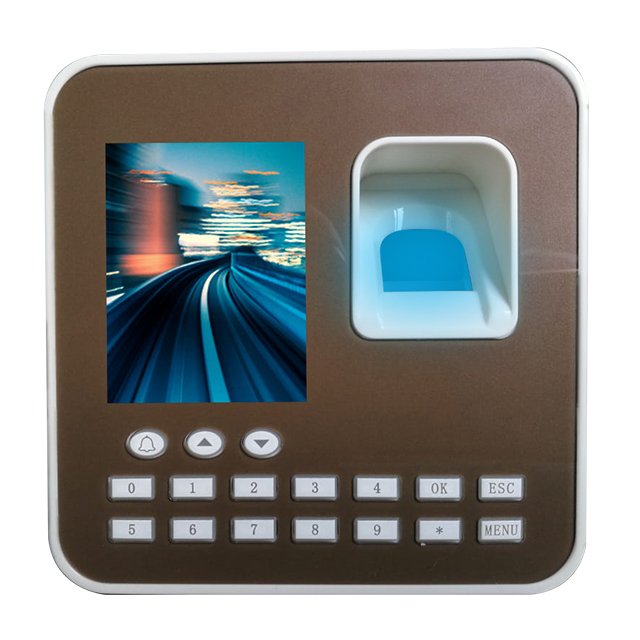Types of Access Control System T28N | Realtime
Types of Access Control System T28N have been designed and developed by Realtime. Choosing the right access control system is a key part of maintaining security in your home or business.
From authentication and authorization to biometric scans, there are plenty of different types of access control systems to choose from. Learn about each one and discover which option can best protect your property.
Understand the Different Access Control Systems.
Types of Access Control System T28N | Realtime comes in a variety of forms that include authentication, authorization methods, biometric scans, and others.
Authentication requires users to verify their identity by providing their credentials, such as a password or PIN. Authorization grants access to certain levels or areas depending on user clearance given by an administrator.
Biometric scans use physical attributes, such as retinal scans and fingerprints, to verify users and grant them access. Knowing the differences between these different types of access control systems can help you decide which form is best suited for your needs.
Explore Authorization-Based Access Control System Components.
Authorization-based access control systems require an administrator to provide access privileges. This can be done by assigning users different levels of clearance. Depending on the user’s level, they will then be granted or denied access to specific resources, areas, or data within the system.
Furthermore, you’ll also have to consider how you want to manage user roles and permissions to efficiently organize your access control systems.
Learn about Role-Based Access Control System Mechanisms.
Types of Access Control System T28N | Realtime Role-based Access control (RBAC) is a method of regulating access to systems, resources, or data. Users are assigned specific roles, which determine what kind of access they have to certain areas within the system.
This type of mechanism simplifies the authorization process and makes monitoring user access easier.
Furthermore, it also allows administrators to set up different types of permissions and roles for different sets of users. With RBAC, organizations can create more granular user roles with customized permissions that give users only the necessary level of access.
Check Out the Benefits and Drawbacks of Biometric Systems.
Types of Access Control System T28N | Realtime is a popular form of access control that uses an individual’s physiological and behavioural characteristics to authenticate user identity.
Their most popular feature is their high level of security, as they can accurately verify the identity of people trying to access the system.
However, biometric systems also have drawbacks, such as the possibility of false positives and false negatives if not properly configured.
Additionally, these systems can be expensive to install and maintain due to their sophisticated nature. Ultimately, biometric systems provide an added layer of security for organizations needing tight access control protocols.
Compare and Contrast Multi-Factor Authentication & Identification Systems.
There are several different types of multi-factor authentication and identification systems including pin codes, smart cards, tokens, and biometrics, in Types of Access Control System T28N | Realtime.
Each of these systems serves the same purpose as a single-factor authentication system – verifying an individual’s identity before granting access.
However, multi-factor authentication requires users to present two or more forms of identification such as a PIN code along with a physical token or biometric data such as a fingerprint, to gain access.
This extra step provides increased security by making it harder for hackers or unauthorized persons to gain entry.
Product Specifications:
| Fingerprint Users | 5,000 |
| Card User | 5,000 |
| Password User | 5,000 |
| Attendance Records | 100,000 |
| CPU | 32bit CPU |
| Fingerprint sensor | Optical sensor: 500DPI |
| Interlocking detection | Support (With Magnetic Contact) |
| Multi-device Related | Max. 255units |
| Card reader | RF ID card reader (Option: Mifare reader/HID Reader) |
| Display | 3-inch TFT display |
| Keyboard | 17Keys (with doorbell key) |
| Communication | TCP/IP, USB, RS485 |
| USB Disk | Support |
| Additional Function | Tamper Detection |
| Working Voltage | DC 12V±10% |
| Working Humidity(RH) | 20 % – 80 % |
| Working Temperature | -10°C ~ +50 °C |
| Alarm Function | Support tampering, long time door open, illegal door open and intimidate alarm. |
| Power Management | Support sleep mode |
| Self-test-function | Support |
| FAR/FRR | 0.00001/ 0.1(%) |
| Fingerprint Input Angle | 360°(Any Angle) |
| Intelligent adaptation function | Support |
| Matching mode | Support 1:N, 1:1 |

Harsh sharma –
Good quality. I’m so glad I bought this. It’s exactly what I was looking for, and works beautifully.